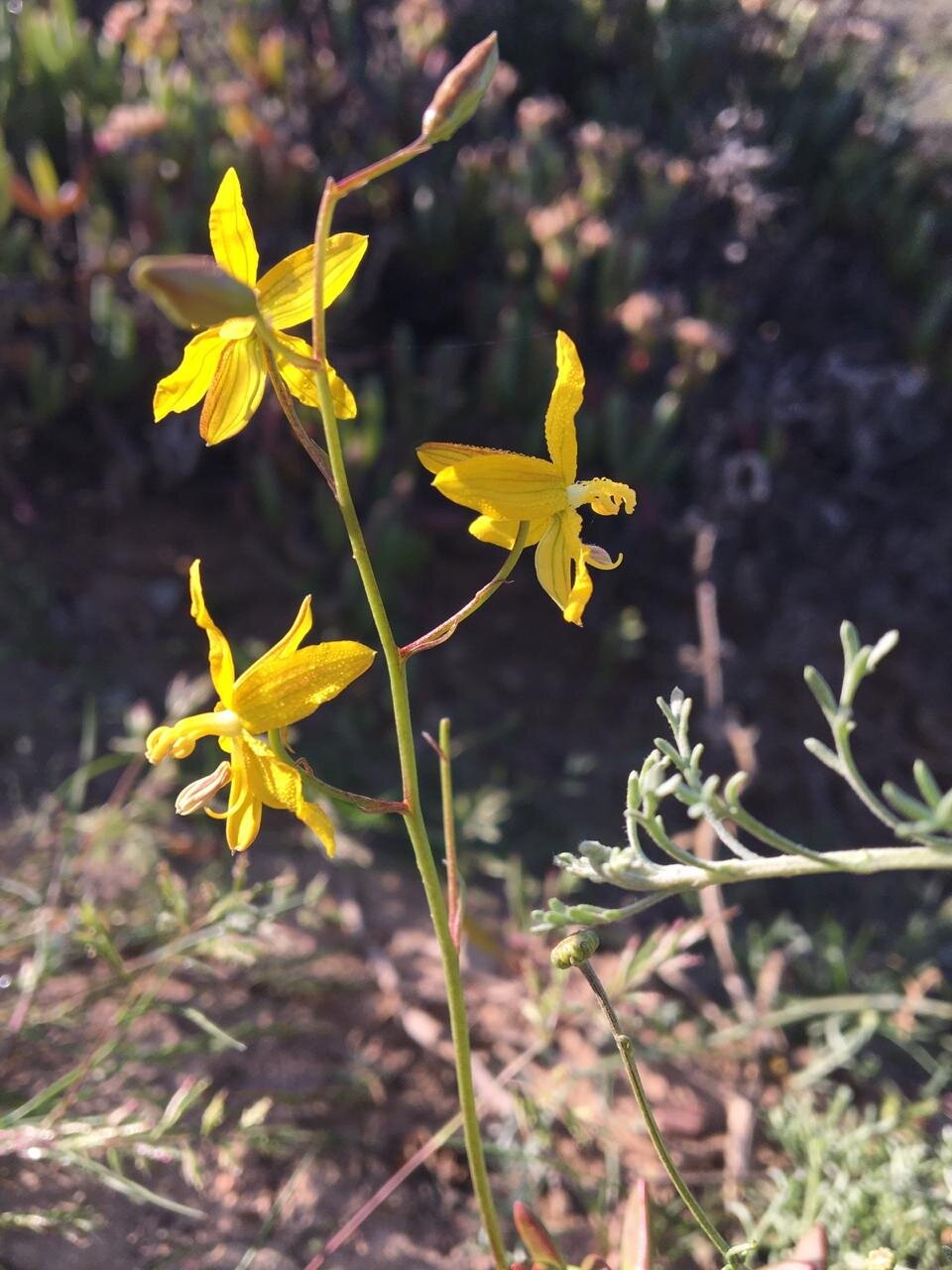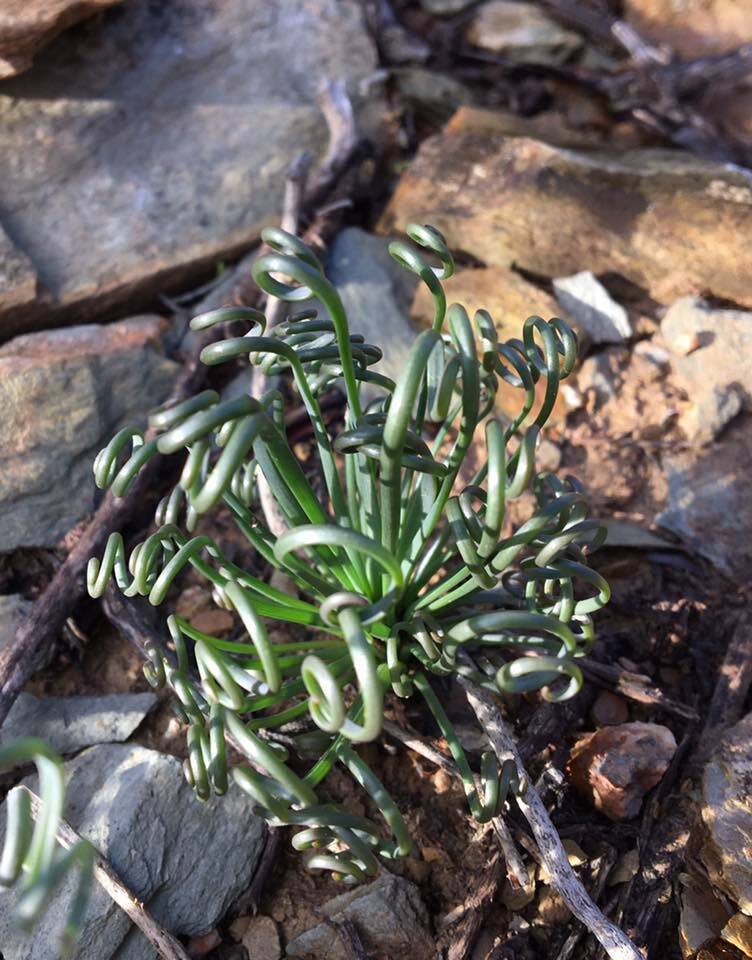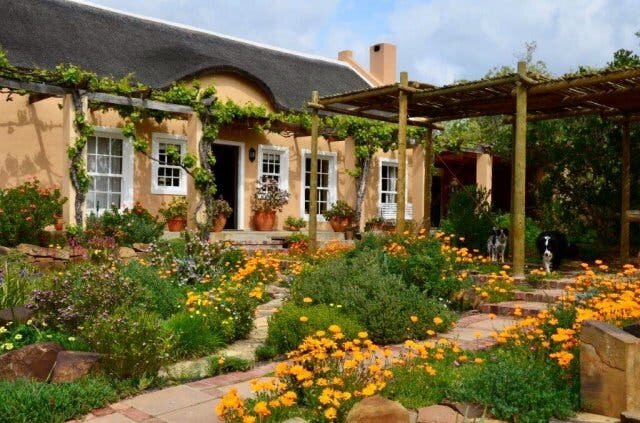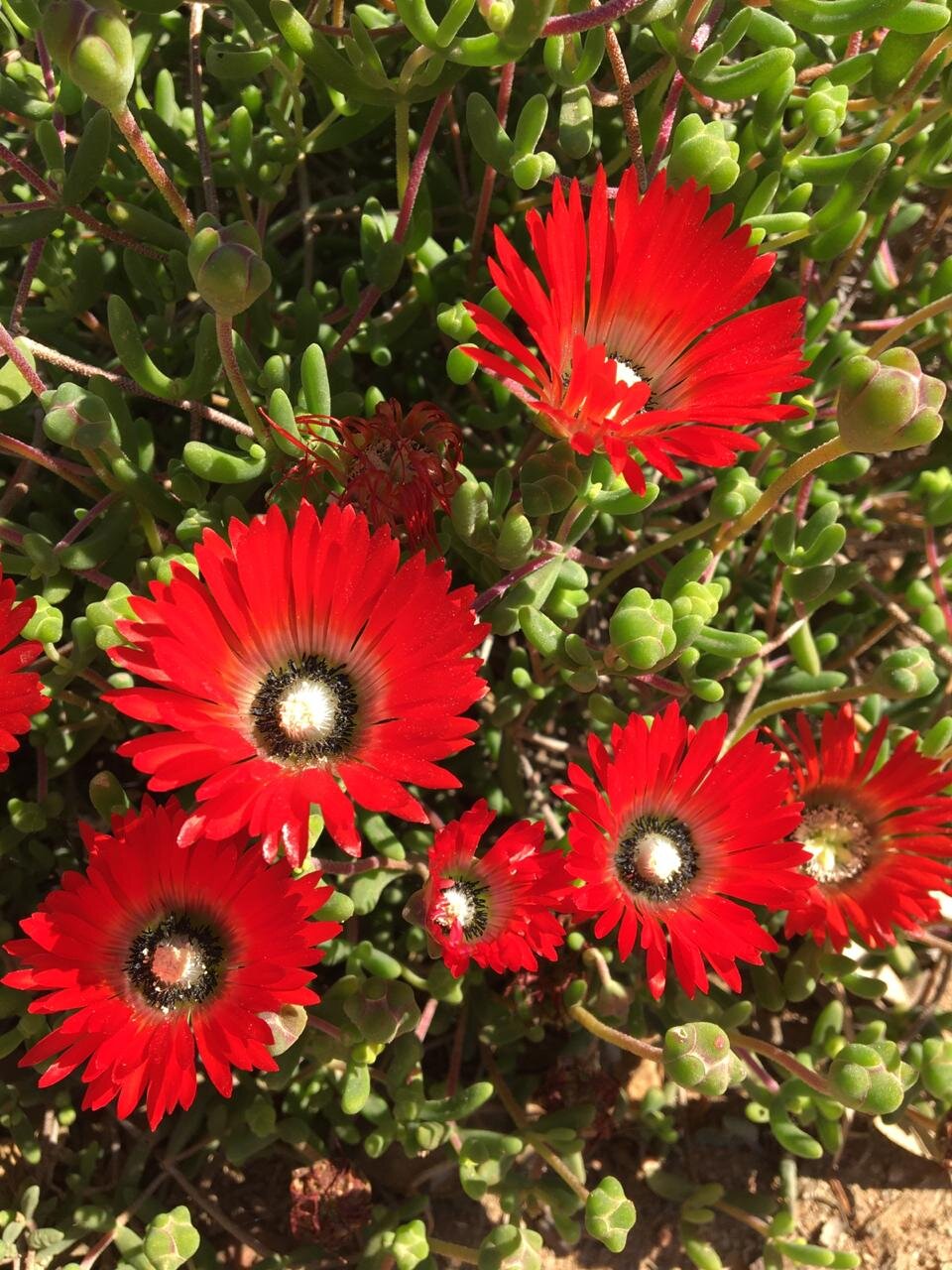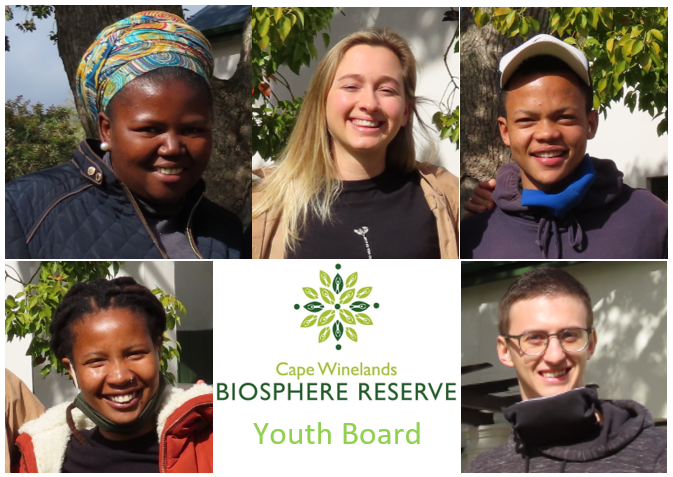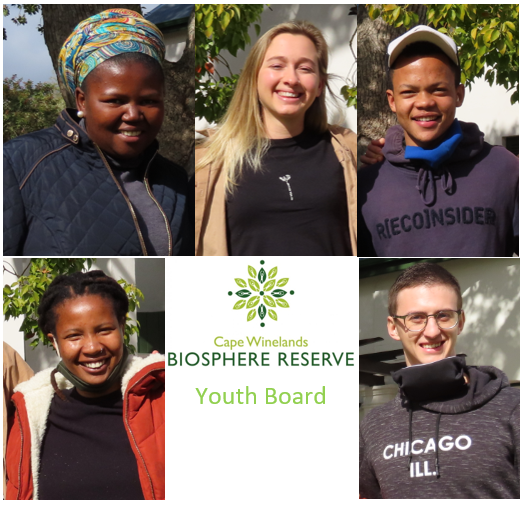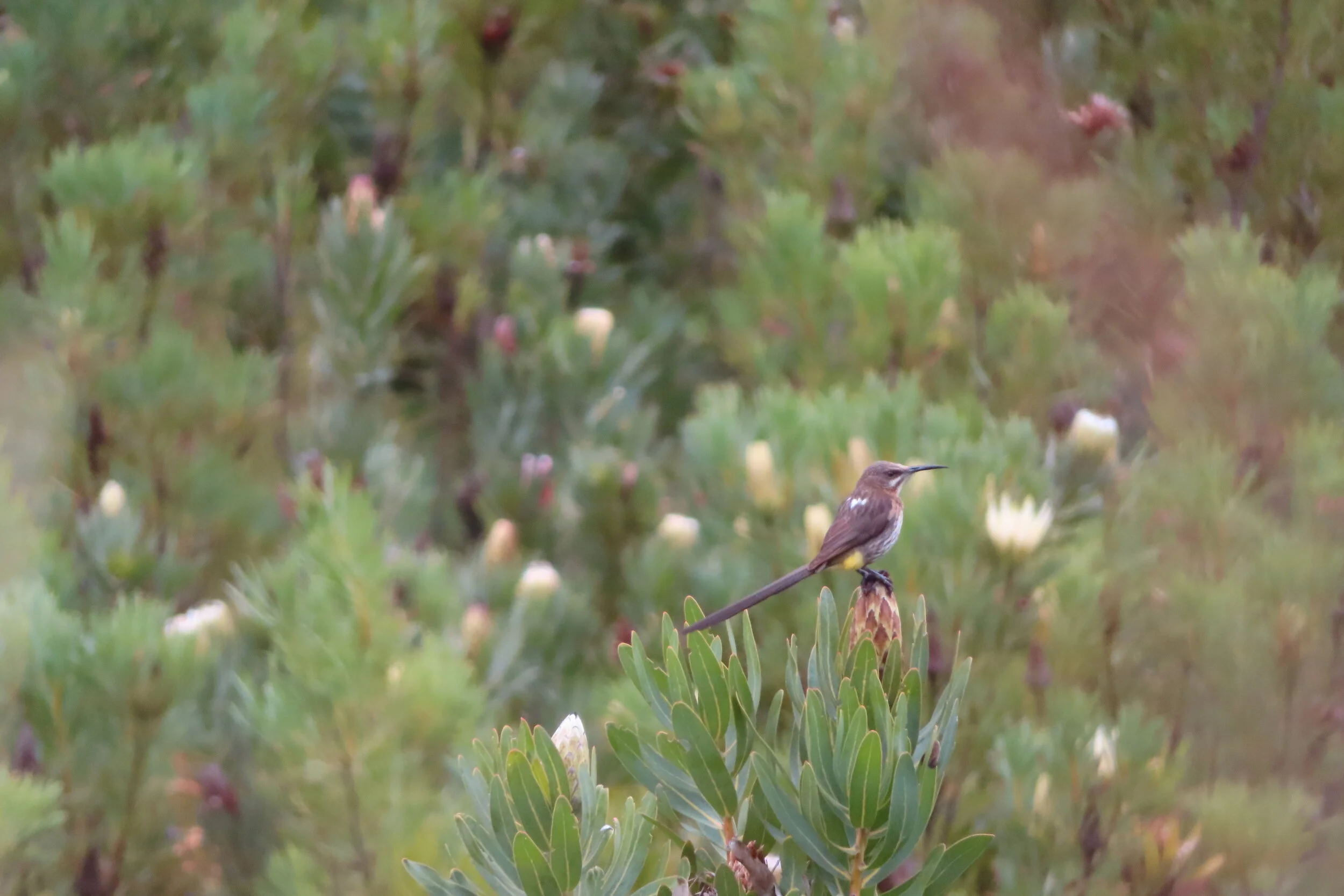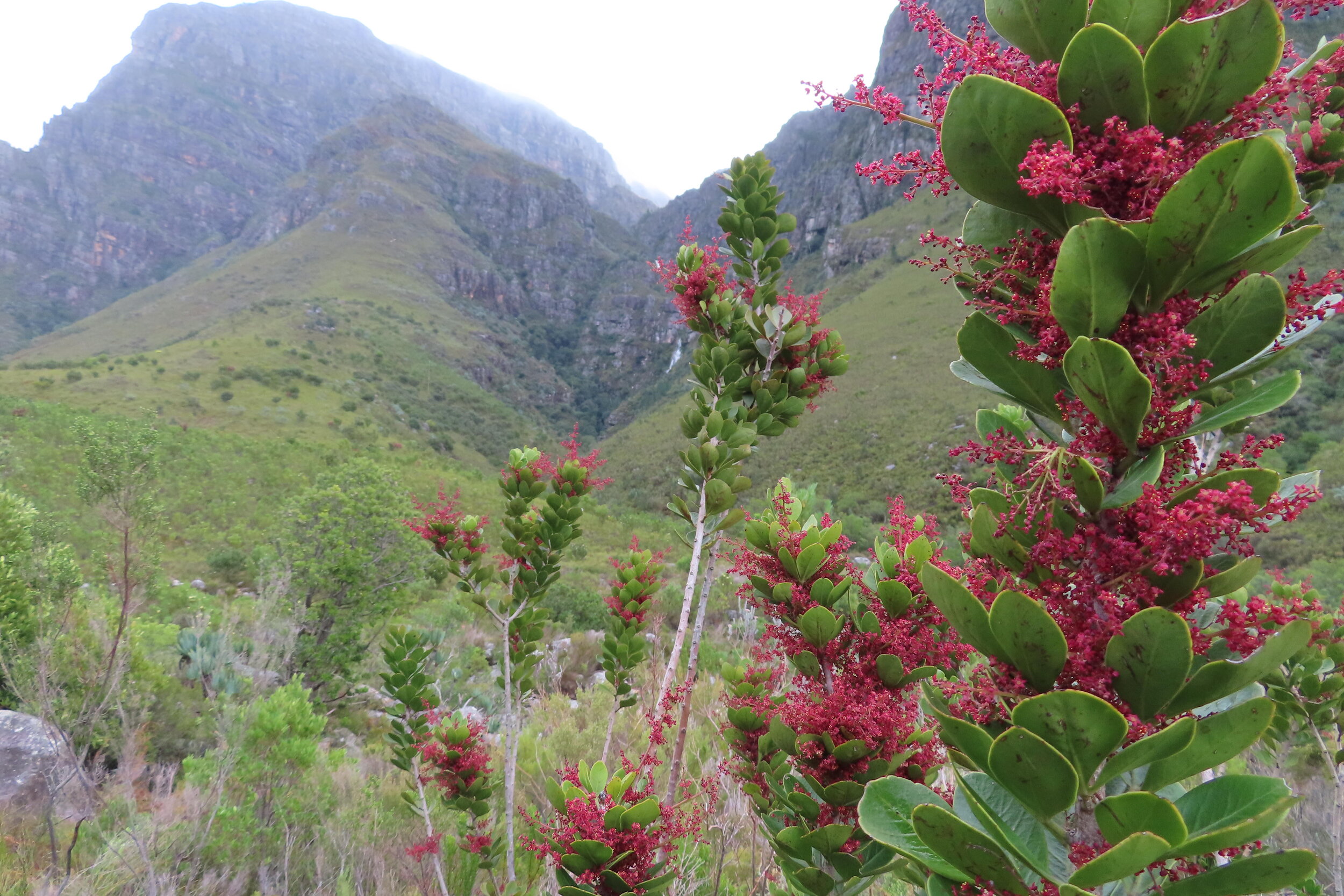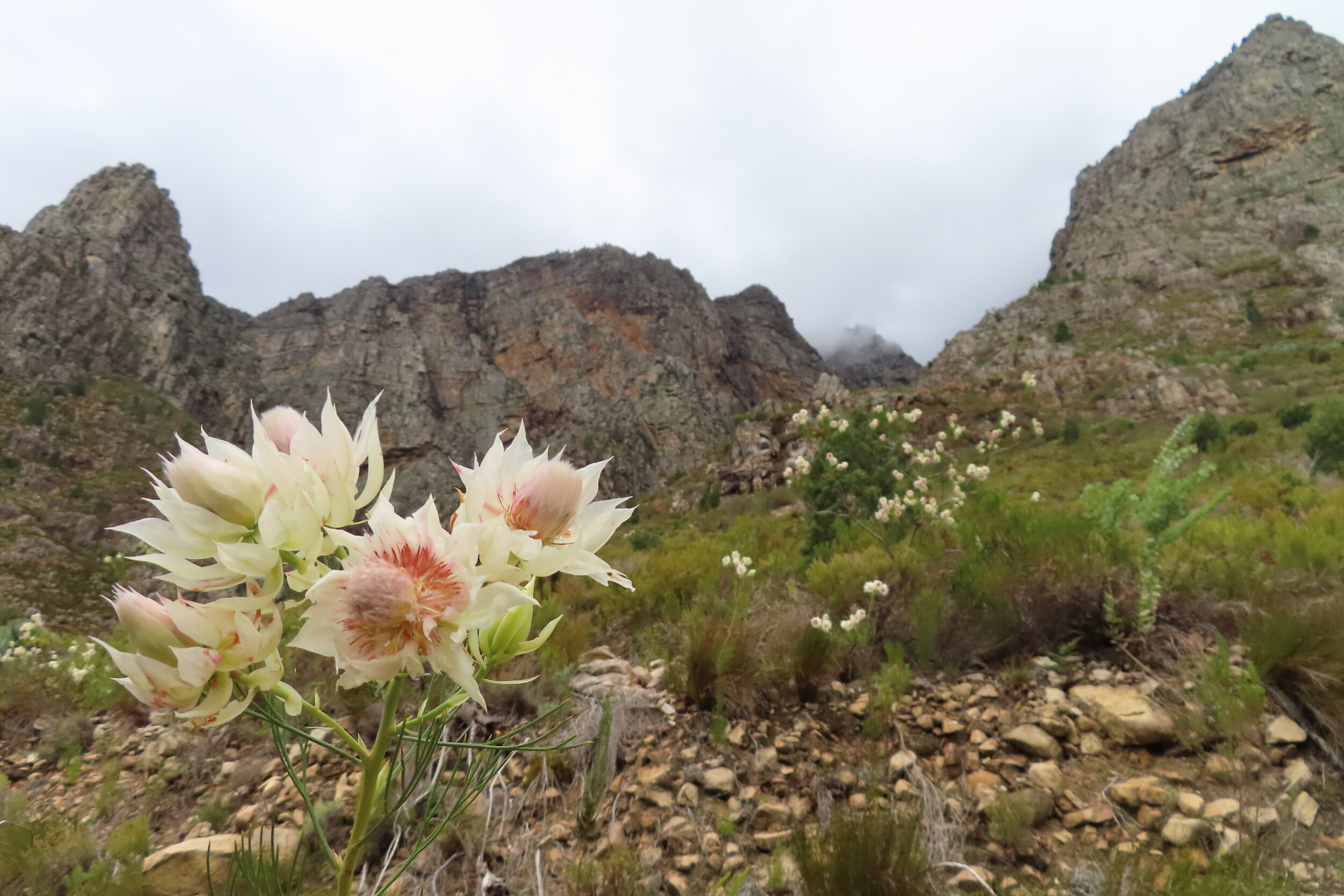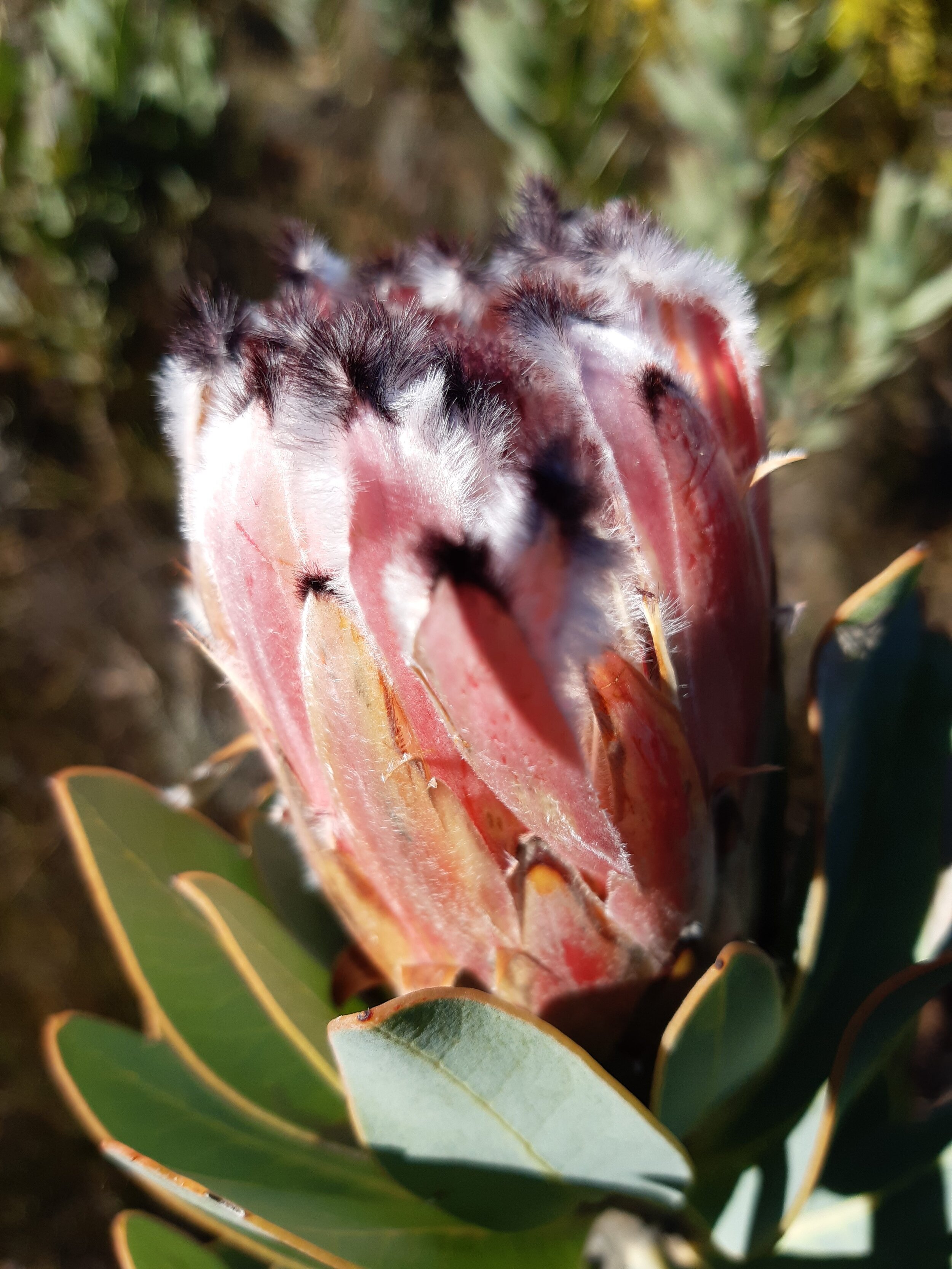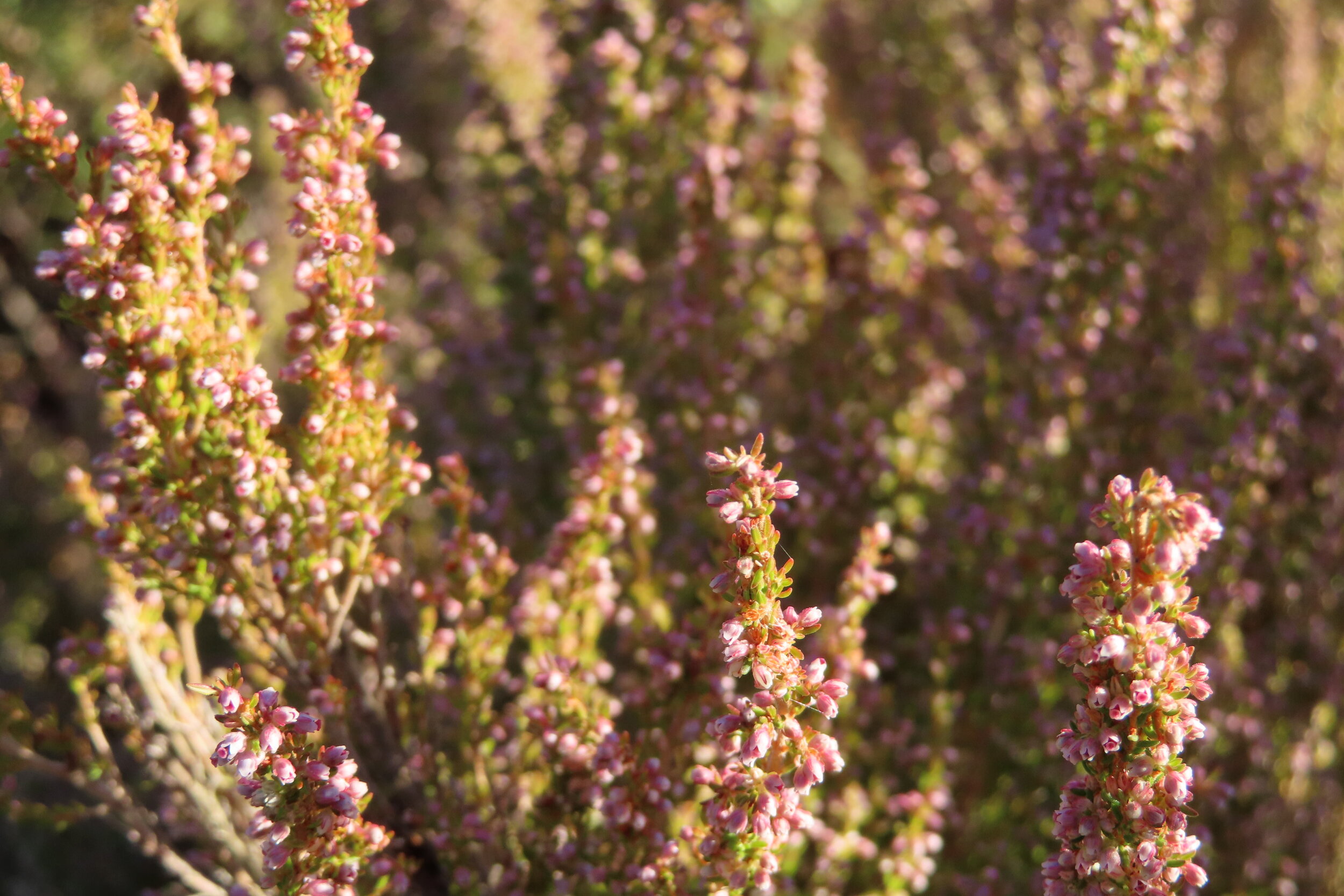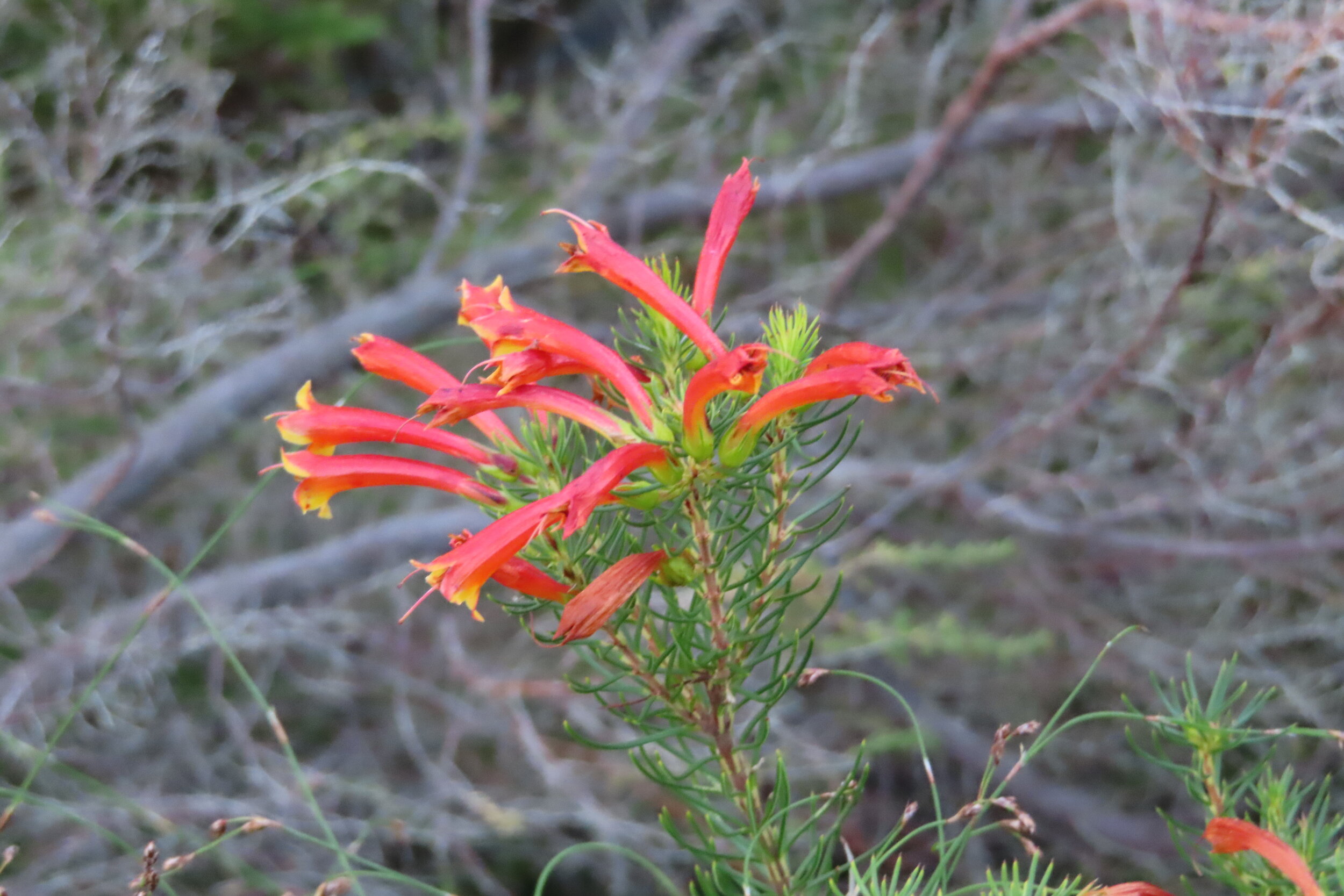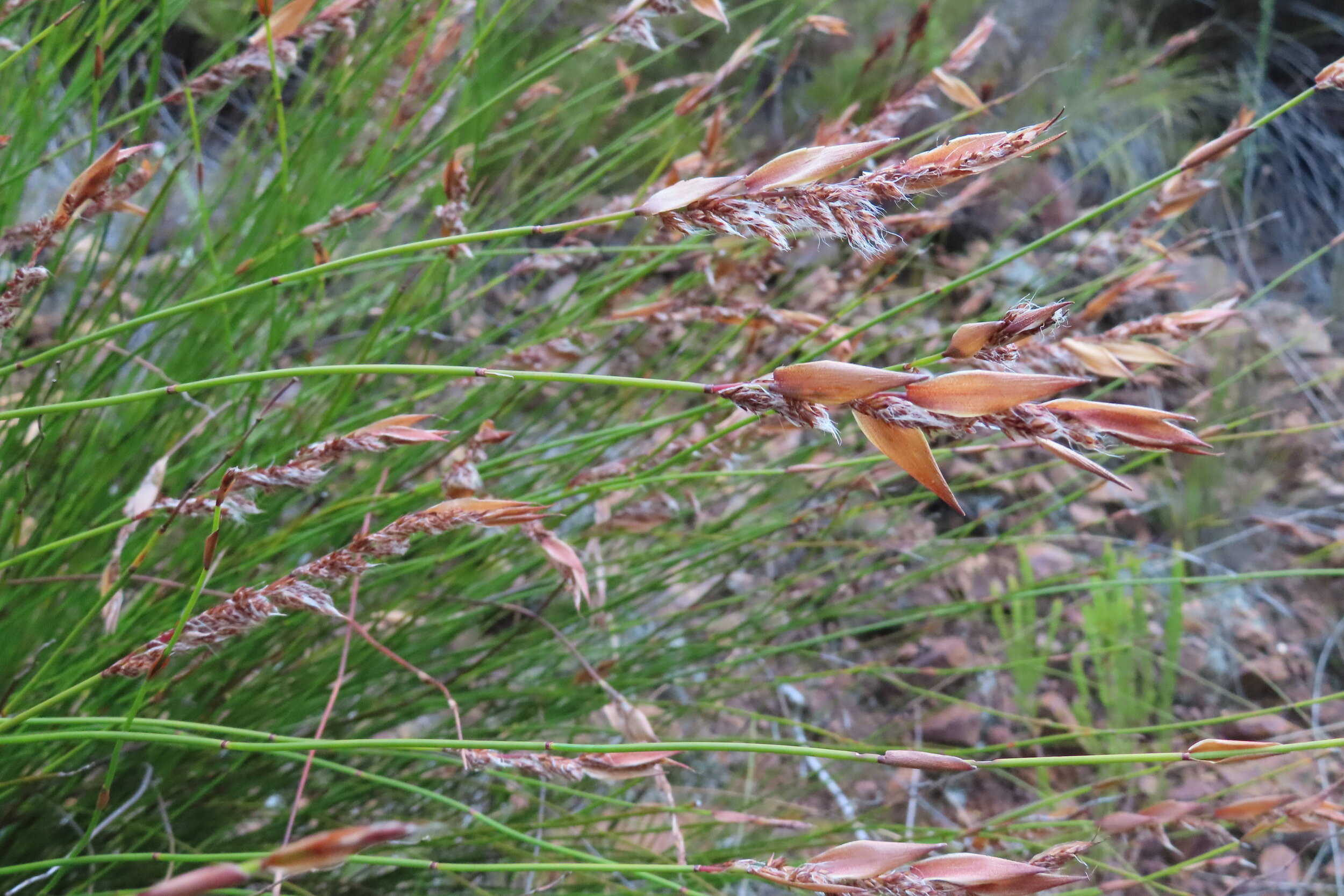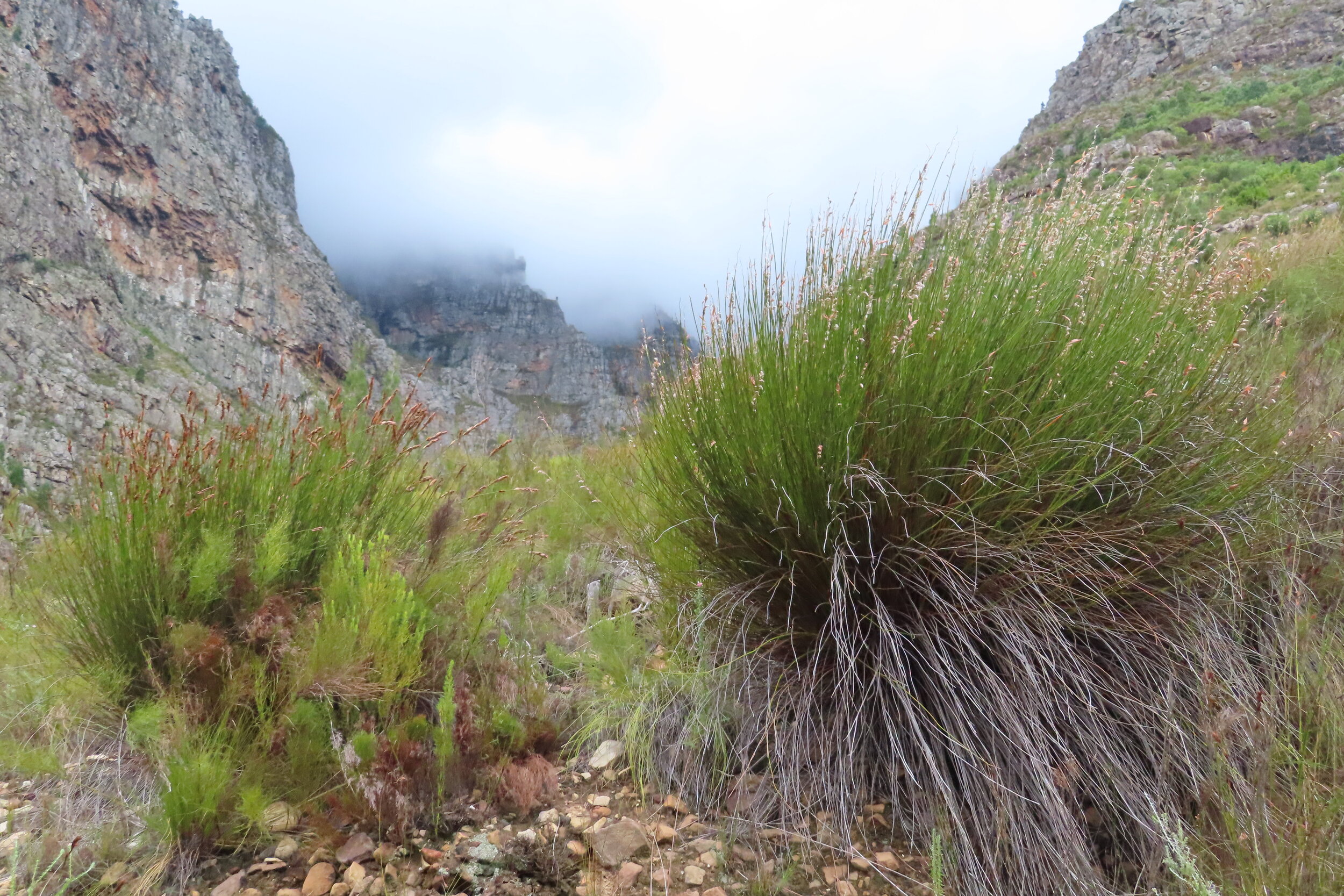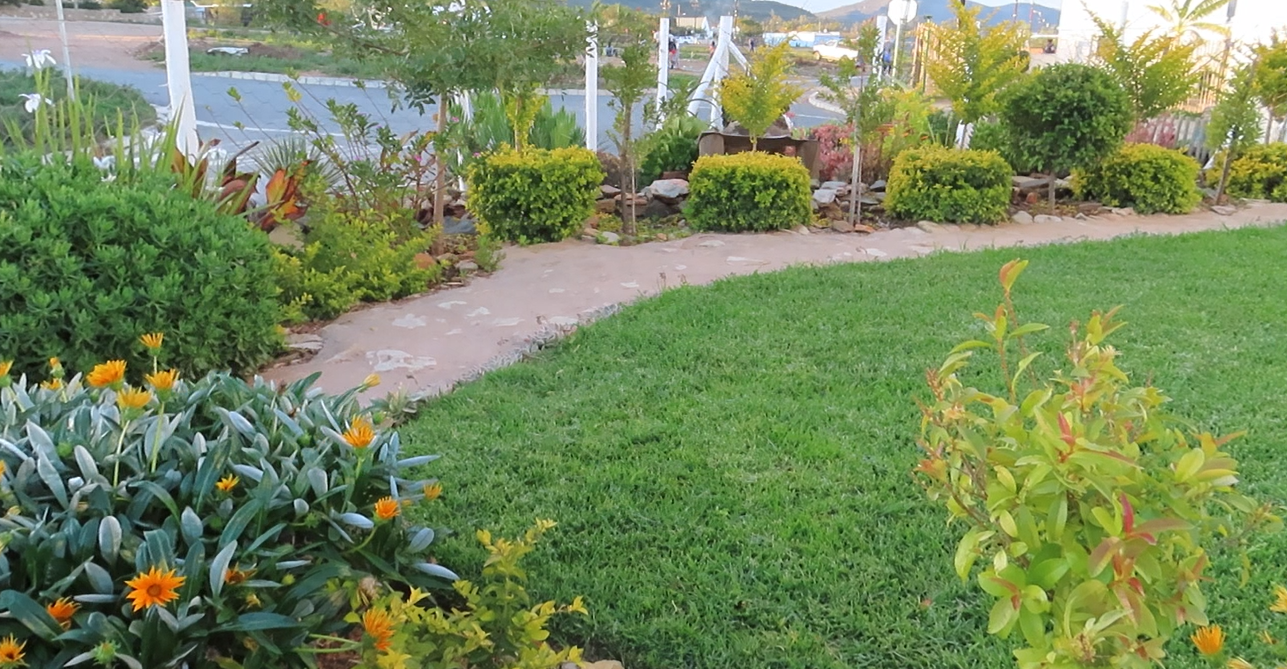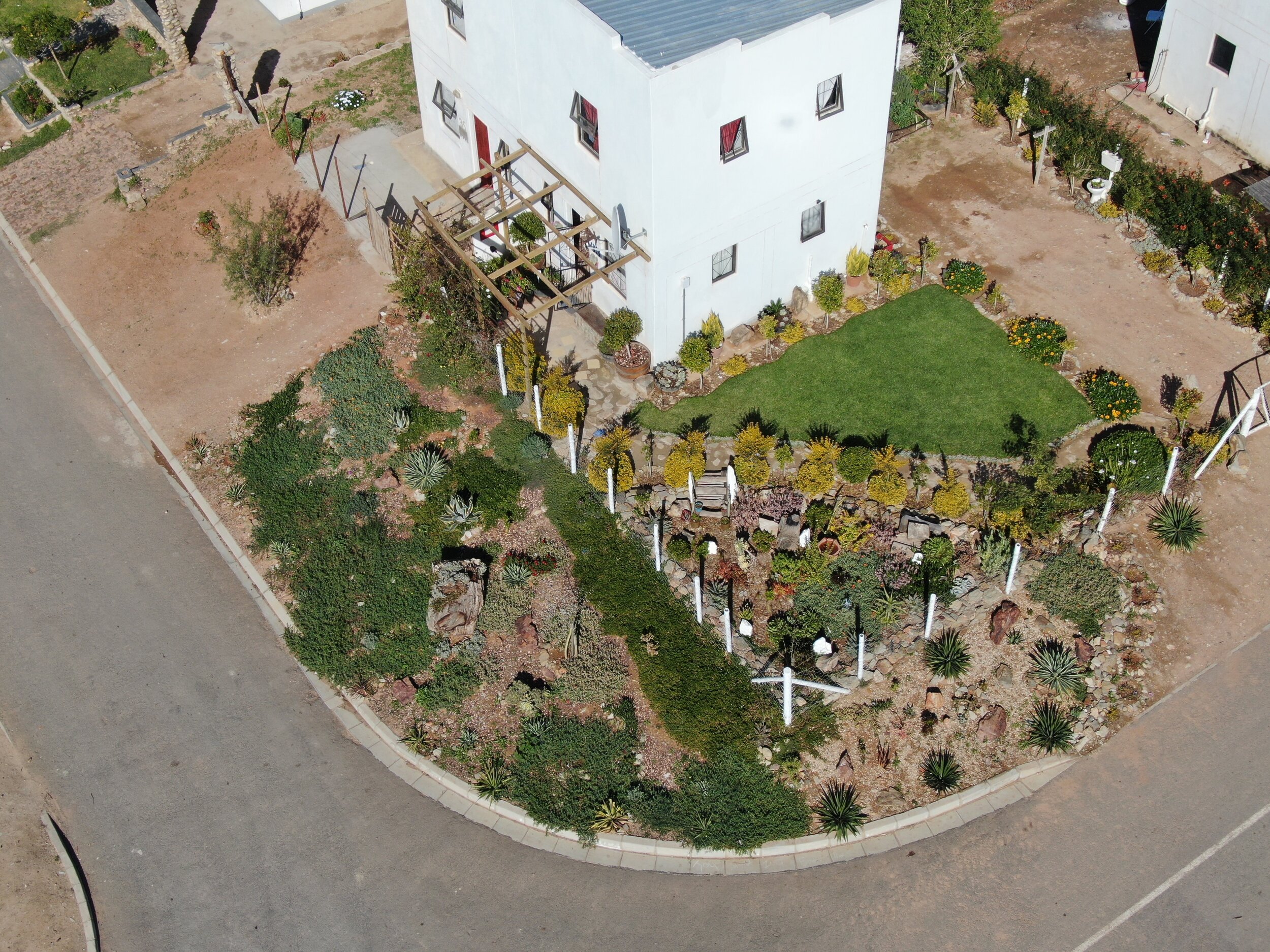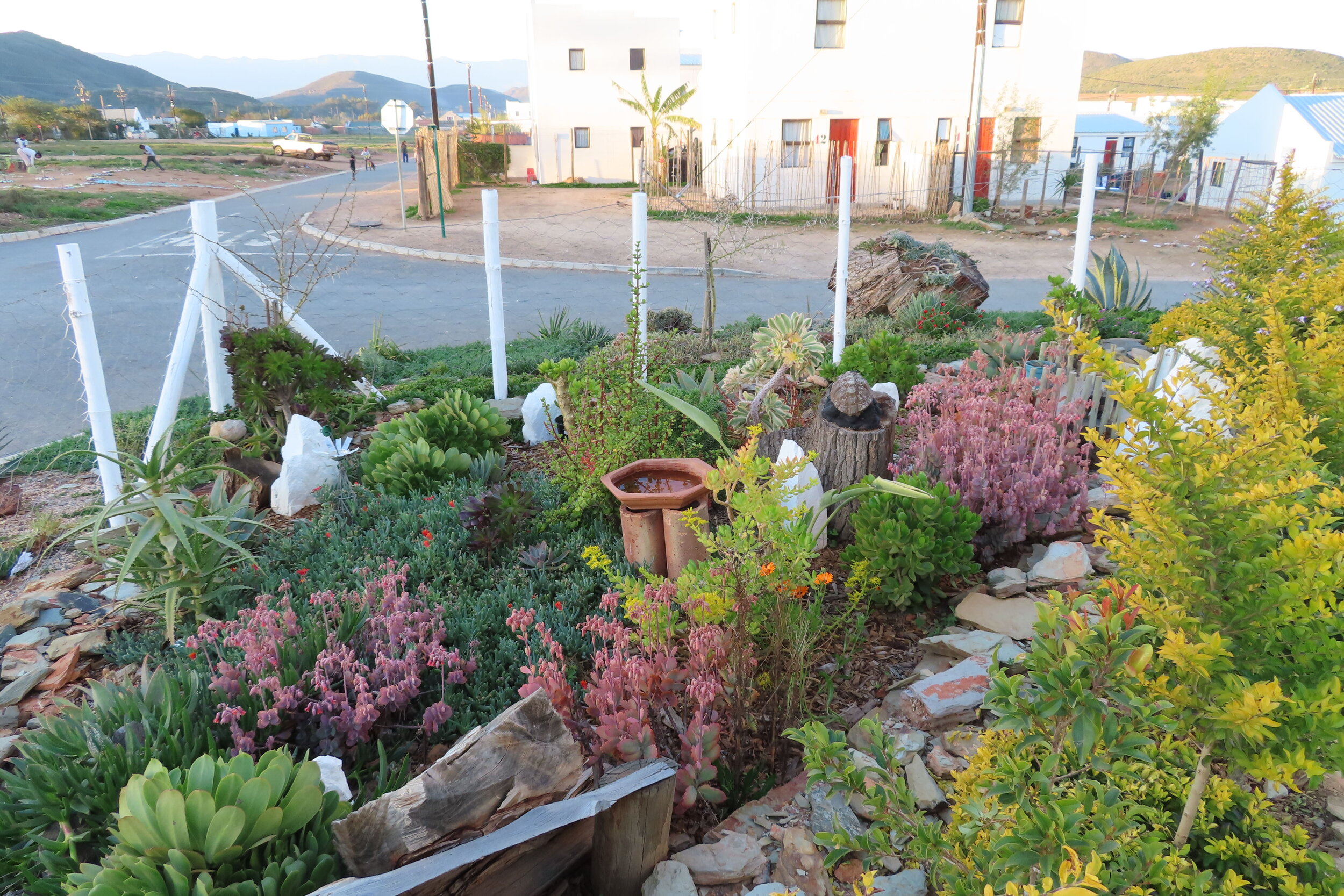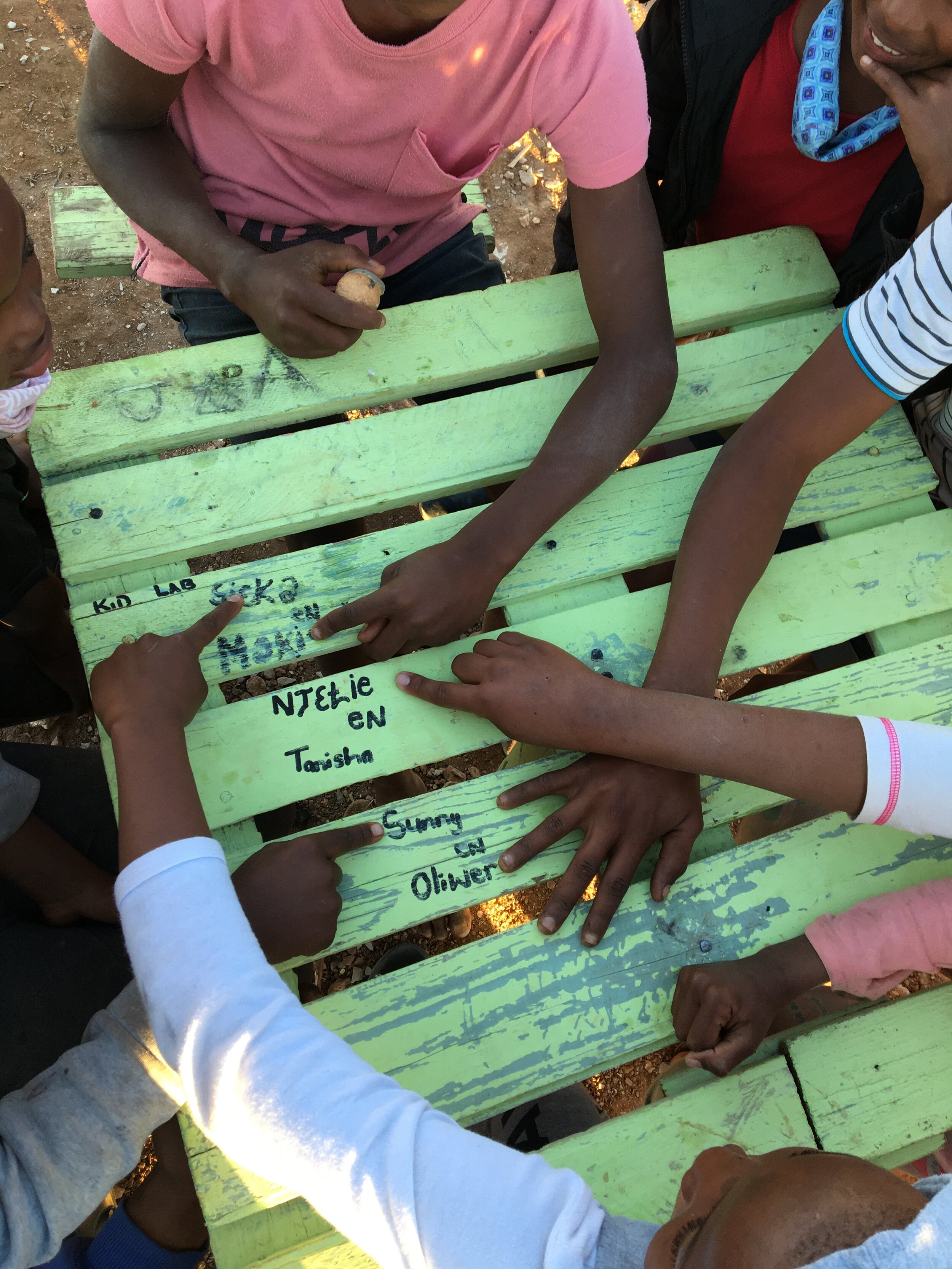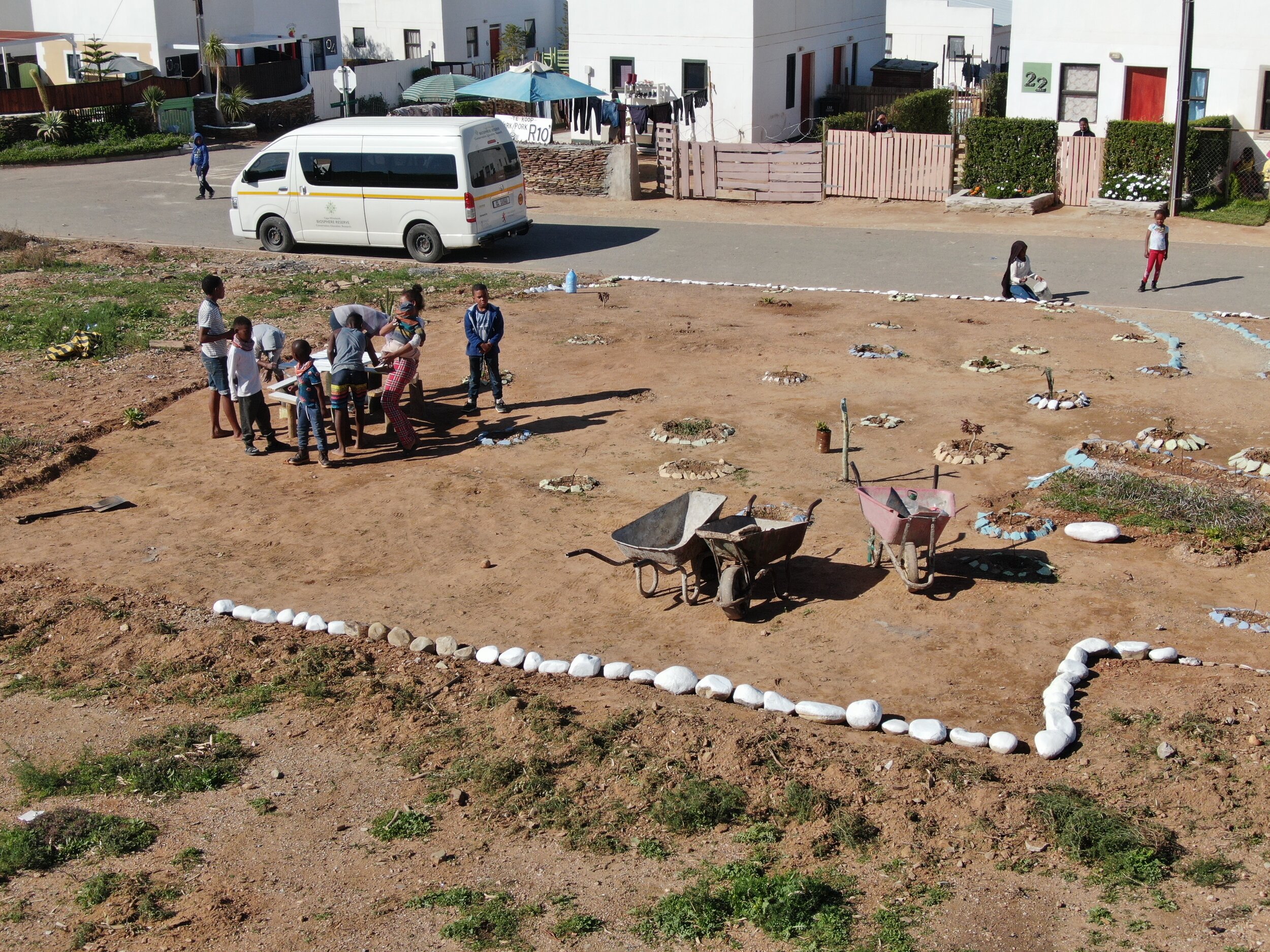The McGregor Magic Garden Festival is accessible worldwide! It will be launched online on the 25th September 2020, as part of South’s Africa Heritage Weekend celebrations. A packed programme of stimulating talks by renowned experts in their field, stunning virtual tours by drone of McGregor gardens, exhibitions of local art, and community projects.
Some of the topics included are sustainable gardening, horticulture (food-growing), and fascinating Conservation facts about South Africa’s biodiversity.
The Unmissable Guest Speakers
Keith Kristen who is a nationally recognized expert in horticulture
Leon Kluge leading designer representing South Africa at World Flower Shows
Werner Voigt the curator of Kirstenbosch Gardens
Raymond Auerbach professor on Organic practices
John Moodie a leading bee expert and honey farmer
Visit the Mc Gregor Magic website to buy a Festival Pass!
And their Facebook page: McGregor Magic Open Garden Festival for more videos, photos, and to learn about their community projects


